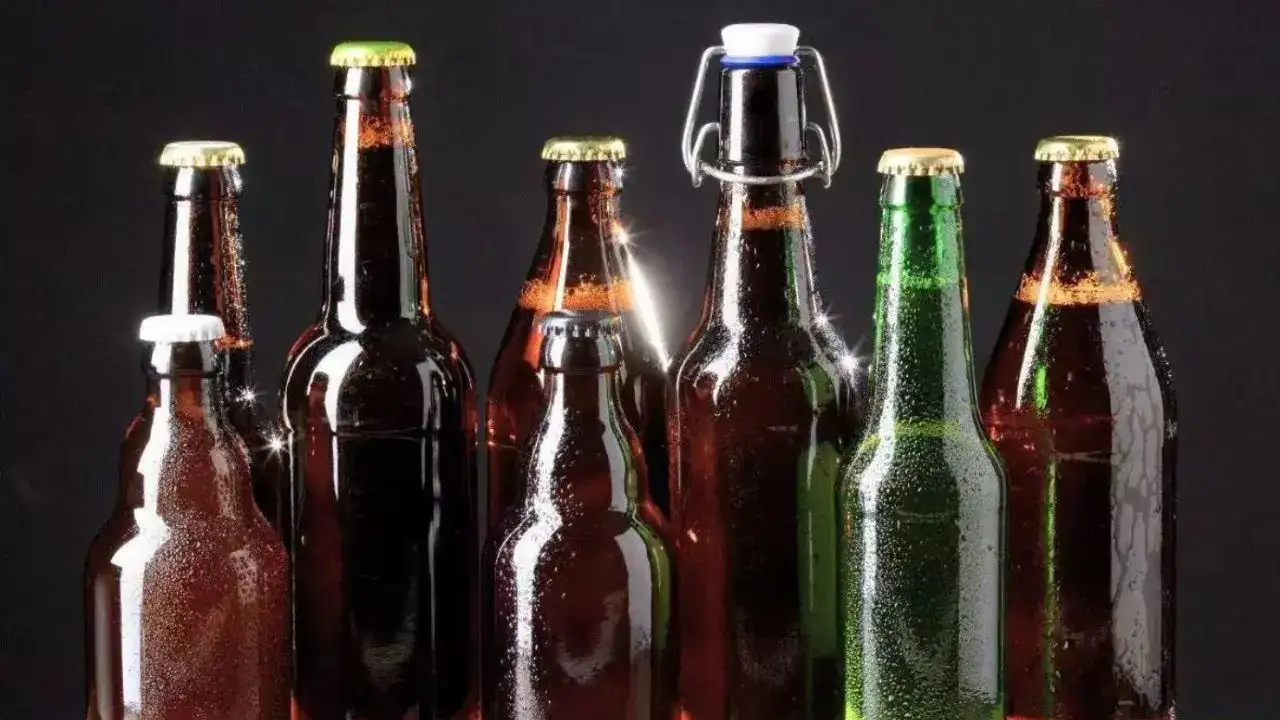By Eshita Bhargava
Copyright timesnownews

On a sweltering summer afternoon, when you reach for a cold beer, you probably think about the fizz, the chill and perhaps the brand – but not the bottle. Yet the humble bottle you’re holding is the result of more than a century of trial, error and quiet scientific problem-solving. Brewers long ago discovered that glass colour isn’t just an aesthetic choice. It’s a frontline defence against the invisible but very real enemy of beer: sunlight. Understanding why beer bottles are brown or green takes us into a story of chemistry, wartime shortages, marketing ingenuity and a dash of tradition. The “Skunk” Effect – When Sunshine Goes Rogue Beer, unlike spirits, is a delicate drink. Its aroma and flavour come largely from hops, which contain compounds known as iso-alpha acids. When ultraviolet (UV) light hits these compounds, they break down and react to form 3-methyl-2-butene-1-thiol – mercifully abbreviated to MBT. MBT smells rather like a skunk’s spray, which is why brewers call light-spoiled beer “lightstruck” or “skunked”. Leave a pale lager in a clear bottle on a picnic bench for half an hour, and you may end up with something you wouldn’t want to sip. Enter the Dark Glass Heroes Brown Glass Brown bottles block most UV rays, giving beer the strongest protection available from sunlight. This is why you’ll find many craft ales, stouts and lagers sitting in rich amber-coloured bottles. The shade keeps the hops’ delicate chemistry intact and preserves the brewer’s intended flavour profile. Green Glass Green glass does not filter UV as effectively as brown glass, but it’s still far better than clear. Its widespread use dates back to the Second World War, when brown glass supplies ran low. Breweries switched to green, and some found the colour gave their products a distinctive, even prestigious, look. Today, iconic brands such as Heineken and Grolsch have turned the green bottle into part of their identity. Clear Glass and Modern Tricks Transparent bottles offer virtually no UV protection. The only reason to use them is to showcase the beer’s colour and clarity. However, many modern breweries now apply special UV-blocking coatings to clear bottles, striking a compromise between visibility and protection. Without these coatings, clear-bottled beers are far more likely to develop that dreaded skunky note if exposed to sunlight. From Barrels to Bottles – A Short History Beer has been brewed for thousands of years, but bottling beer in glass didn’t become common until the 19th century. Earlier containers such as wooden barrels or ceramic jugs lacked modern sealing and sterilisation, so beer spoiled quickly. The invention of crown caps and stronger, mass-produced glass bottles revolutionised storage. Initially, brewers used transparent bottles because they were cheap and familiar. Only after repeated spoilage did they realise the need for darker glass. By the early 20th century, brown had become the gold standard for quality preservation. The Rise of the Can Cans might seem like a modern convenience, but they’re also a brewer’s dream. Aluminium blocks 100 per cent of UV light, ensuring no skunking at all. Cans also chill faster, are lighter to transport and are easy to recycle. No wonder more breweries – including many craft operations – are embracing cans for both freshness and sustainability. Not Just Packaging – A Branding Weapon What started as a scientific solution soon became a marketing tool. Consumers learned to associate green bottles with continental lagers and brown bottles with hearty ales or craft beer. Even bottle caps play a role: from classic crown caps to swing-top closures, they signal freshness, tradition or innovation. In other words, the colour and closure of a beer bottle now carry as much branding weight as the label itself. A Sip of Science with Your Pint The next time you pop open a beer, consider the chemistry and history behind that glass. Brown glass protects your drink like a pair of sunglasses for hops. Green glass nods to heritage and scarcity turned into style. Clear glass, unless specially treated, is the rebel that risks skunking for the sake of visibility. Cans? They’re the modern fortress keeping beer as fresh as the brewer intended. And if you’re wondering whether beer is good for you, moderate consumption contains B vitamins (particularly B6), silicon for bone health and antioxidants from barley and hops. Just remember – moderation is the key word. Beer bottle colour is more than a design decision. It’s a quiet partnership between science and tradition, chemistry and consumer expectation. Knowing the story behind those brown and green bottles can deepen your appreciation of the drink in your hand. So next time you reach for that cold one, you’re not just picking a beer; you’re picking centuries of innovation, wartime improvisation and a dash of marketing genius – all wrapped up in tinted glass.



